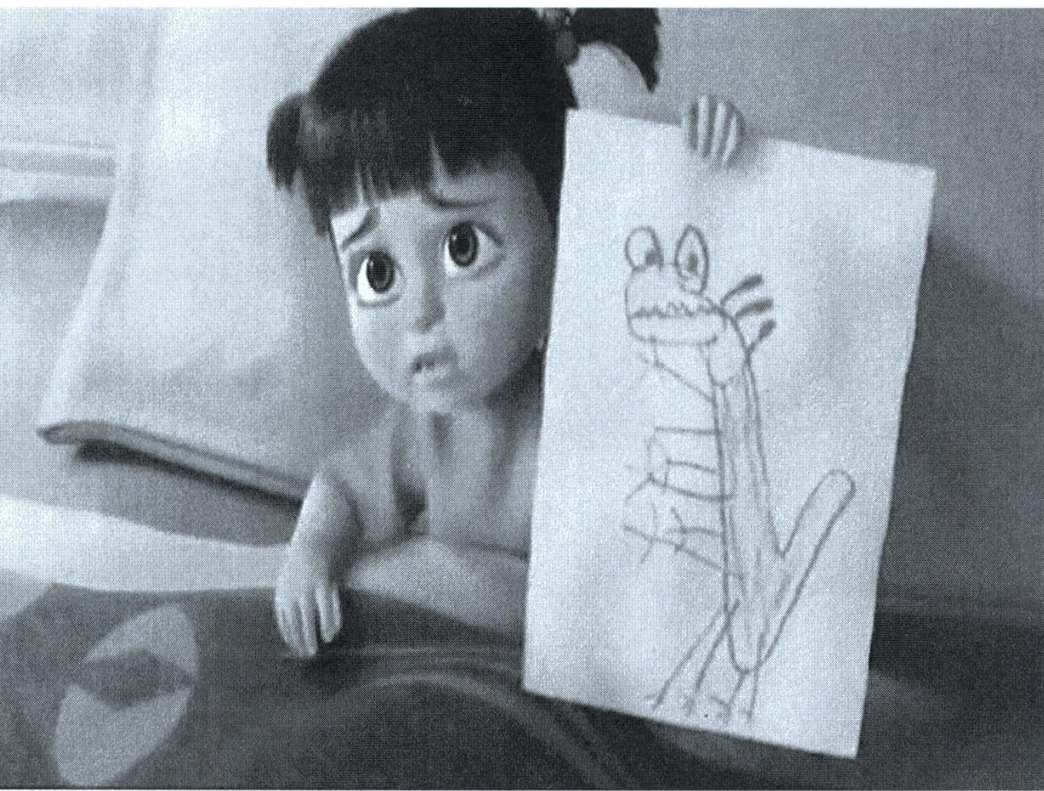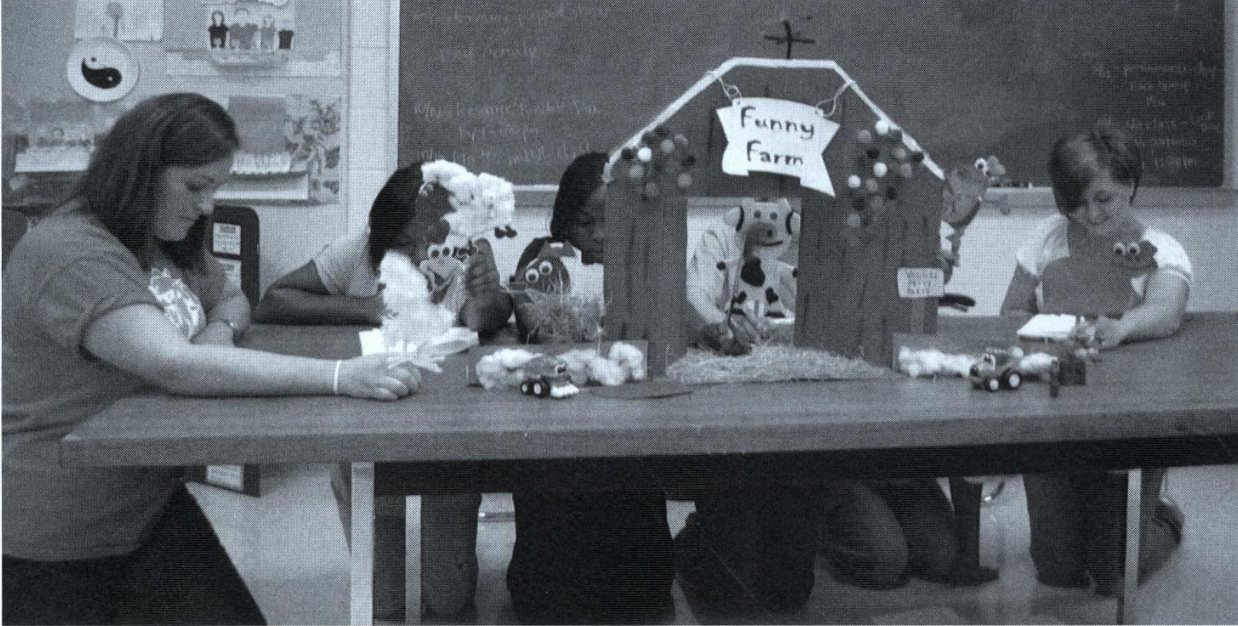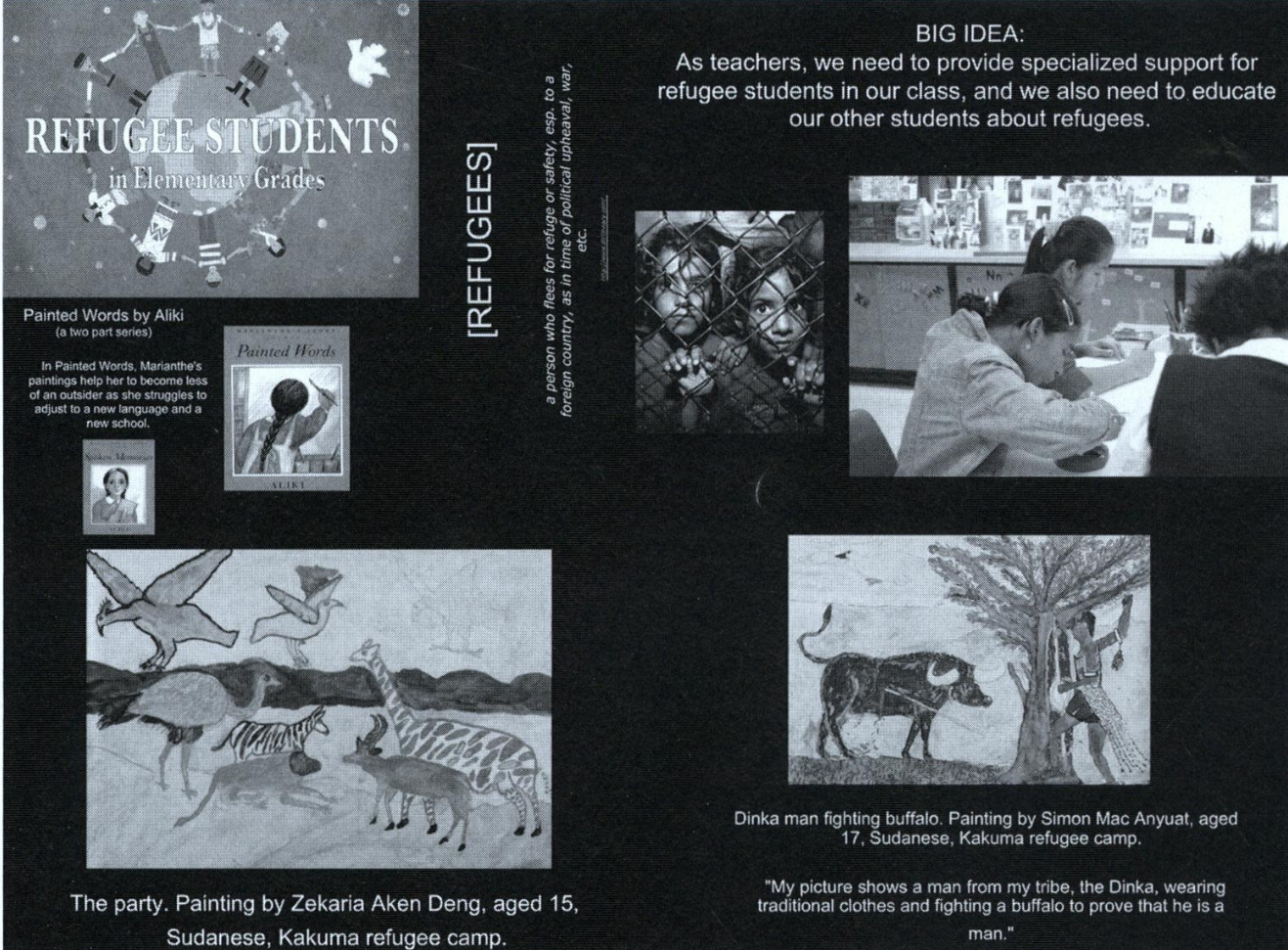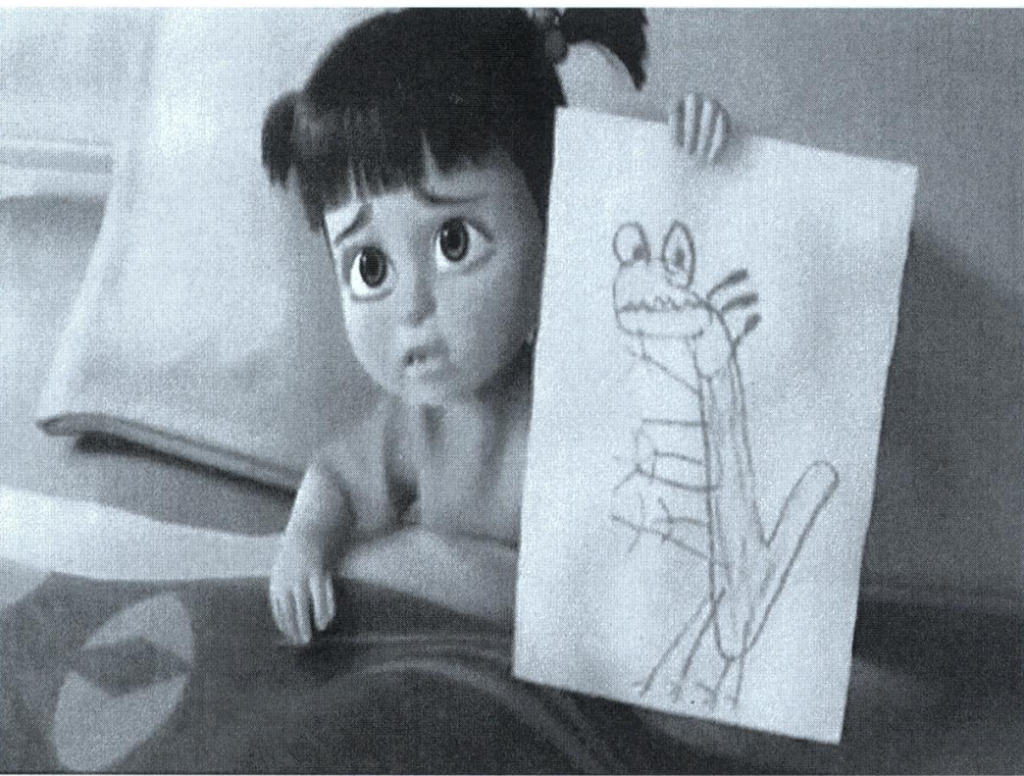This article addresses a neglected area in art education—the service course in art education for elementary education majors. They reflect on their own experiences and ideas in developing innovative projects for their art methods courses. Three key areas: are discussed to understand child art, visual culture, and issues-based art education.
Minam Kim focuses on the importance of considering children’s early artistic experiences and artworks to gain insights into the artwork of other children. This approach helps elementary education majors develop a deeper understanding of child art.
Eun Jung Chang emphasises the significance of visual culture from multiple perspectives, including an interdisciplinary approach, as a contemporary phenomenon, and as a field for inquiry. By exploring visual culture, elementary education majors can gain a broader understanding of art and its role in society.
Maria Lim highlights the benefits of an issues-based approach in teaching art. This approach allows elementary education majors to address contemporary cultural issues through their art lessons, encouraging critical thinking and engagement with social and cultural topics.
The authors acknowledge that elementary education majors may have limited experience and knowledge in art, making it challenging for them to incorporate art-related experiences into their teaching. However, they believe that by implementing any of the three curriculum techniques discussed in the article, elementary preservice teachers can gain confidence in teaching art.
1. Child Art-Based Approach
Art education plays a vital role in fostering creativity, self-expression, and critical thinking among students. However, many elementary education majors face challenges when it comes to teaching art. A lack of confidence, art skills, and knowledge can hinder their ability to incorporate art effectively into the classroom. This article explores the transformative potential of a child art-based approach in an elementary art methods course, aiming to empower preservice teachers and equip them with the tools to navigate the world of art education.
Building Confidence Through Personal Reflection:
The journey begins with self-reflection. Preservice teachers are encouraged to revisit their own early artistic experiences and art products. By re-evaluating their own artwork, they gain a fresh perspective on the artistic process and the significance of personal expression. This introspection helps them connect with the challenges and apprehensions that their future students may face, paving the way for empathy and understanding.
Understanding Child Art:
The course delves into child art theories and developmental stages, allowing preservice teachers to explore the artistic journey from a child’s perspective. Through case studies and in-depth discussions, students gain valuable insights into the creative process and the varied ways in which children express themselves artistically. By understanding child art, preservice teachers are better equipped to guide and support their student’s artistic growth.

Content and Teaching Strategies:
Determining what content to teach and how to teach it is a crucial aspect of effective art instruction. The course emphasizes the importance of incorporating diverse art forms, mediums, and techniques. It encourages preservice teachers to move beyond traditional drawing and painting activities and explore contemporary art practices. By broadening their knowledge and repertoire, they can provide engaging and enriching art experiences for their students.
Empowering Social and Emotional Growth:
Art education goes beyond mere skill development. It provides a platform for students to explore their emotions, engage in self-reflection, and express their unique perspectives on the world. The child art-based approach introduces preservice teachers to the potential of art as a catalyst for social and emotional growth. By integrating meaningful themes and issues into art lessons, they can foster critical thinking, empathy, and cultural awareness among their students.
Transformative Impact:
The child art-based approach in the elementary art methods course holds tremendous transformative potential for preservice teachers. It instills confidence by bridging personal artistic experiences with professional growth. Preservice teachers gain a deeper understanding of child art, enabling them to create a supportive and inclusive art curriculum that resonates with their students. By embracing creativity and self-expression, they become catalysts for unleashing the artistic potential within each child.
2. Visual Culture Based Approach
Teaching art to elementary education majors can be a challenging task, especially when time is limited. In an art methods course that spans only 8 weeks, educators must carefully consider how much content and strategies they can cover effectively. This article explores the importance of incorporating visual culture in the curriculum, encouraging student involvement, and creating a meaningful and effective art methods course.

The Interdisciplinary Nature of Visual Culture:
Visual culture transcends traditional disciplinary boundaries, encompassing diverse academic fields such as anthropology, art history, psychology, sociology, and more. By introducing students to this interdisciplinary approach, educators can foster a broader understanding of art’s significance and impact. In the art methods course, students engage in hands-on activities and discussions that integrate visual arts with subjects like math, science, social studies, language arts, and performing arts. Through arts integration, students discover the potential of art to enhance learning across various disciplines, making the course both engaging and relevant.
Exploring the Richness of Visual Culture:
Visual culture extends beyond traditional fine arts and embraces the visual elements found in everyday life. Advertisements, videos, magazines, books, performance arts, and even facial expressions and fashion all contribute to the tapestry of visual culture. By incorporating a wide range of visual representations, educators can help students develop visual literacy and critical thinking skills. The use of thought-provoking images, such as those from the United Color of Benetton’s campaign posters or commercial advertisements, encourages students to analyze and discuss contemporary issues. Additionally, exploring the connections between traditional fine arts and popular visual culture helps students understand and appreciate art in its various forms.
Visual Culture and Personal Reflection:
Visual culture is deeply intertwined with our present-day lives, shaping our knowledge, beliefs, identities, and sense of agency. By engaging students in personal reflection and identity projects, educators can deepen their understanding of themselves and their future roles as teachers. Projects such as creating a magazine collage representing past, present, and future or a photo self-portrait describing their characteristics encourage students to examine their motivations, strengths, weaknesses, and aspirations. These projects foster self-knowledge and empathy, serving as a foundation for effective teaching and understanding the diverse needs of their future students.
3. Issue Based Approach
In the field of elementary art education, it is crucial to address social and cultural issues through visual representations. This article explores the benefits of incorporating an issues-based approach in an art methods course for elementary education majors. By examining relevant topics and exploring contemporary arts, students gain a deeper understanding of societal challenges and learn how to integrate art into their future classrooms effectively.

Fostering Critical Visual Consumption:
The art methods course emphasises the development of critical visual consumers. Students engage in artmaking activities that address social and cultural issues, encouraging them to reflect on their own identities and individualities. Educational documentaries and artists’ DVDs serve as catalysts for discussions, prompting students to analyze the messages conveyed through the artworks. Through paper collages and guided reflections, students explore their sensitivities and insights related to these issues.
Exploring Contemporary Arts and Artists:
Introducing students to contemporary arts and artists broadens their perspective on societal concerns. By visiting local art museums, students have the opportunity to experience and reflect on artworks that address current issues. Guided reflection papers allow students to connect their aesthetic experiences with real-life situations and develop pedagogical views applicable to K-5 education.
Understanding Social and Cultural Issues:
Engaging in classroom discussions about controversial topics promotes understanding and tolerance among elementary students. By discussing diversity, tolerance, ethnicity, race, gender, sexuality, class, stereotype, prejudice, and environment, students realize that these issues can be addressed in age-appropriate ways. Socially and culturally relevant artworks provide a platform for these discussions.
Visual Teaching Resource Research Project:
The visual teaching resource research project enables students to explore current social and cultural issues in contemporary arts and visual cultures. Students select topics of personal interest and conduct research using various visual resources such as picture books, films, magazines, and contemporary artworks. Midterm presentations allow students to share their findings and resources with their peers.
Empowering Future Educators:
Implementing an issues-based approach in the art methods course empowers students to confidently incorporate contemporary issues in their future classrooms. By addressing controversial topics, students develop critical thinking skills and become better equipped to handle sensitive issues that are often overlooked in elementary education.
The art methods course for elementary education majors can be enriched by incorporating a child art-based approach, a visual culture-based approach, or an issues-based approach. Each of these approaches offers unique benefits and empowers preservice teachers to become confident and effective art educators. By reflecting on personal artistic experiences, understanding child art, exploring visual culture, and addressing social and cultural issues, students develop a deeper understanding of art and its significance in the classroom. These approaches foster critical thinking, empathy, and cultural awareness, preparing future educators to create inclusive and engaging art experiences for their students.
Reference: Art Education , May 2012, Vol. 65, No. 3 (May 2012), pp. 17-24

Contributor






